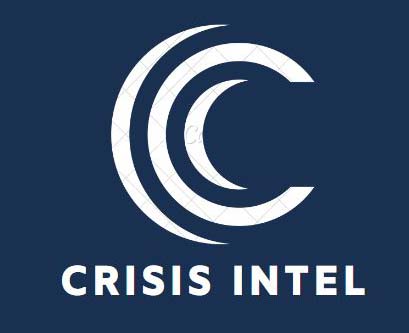Supply Chain Continuity
Supply Chain Risk Assessment:
Discussing the assessment of supply chain vulnerabilities to identify potential risks and disruptions that could impact the continuity of operations:
- Supplier Dependencies: Exploring the identification of critical suppliers and understanding the dependencies and interdependencies within the supply chain network.
- Logistics Challenges: Highlighting potential challenges in transportation, warehousing, and distribution that could affect the timely flow of goods and materials.
- Geopolitical Factors: Discussing the evaluation of geopolitical risks such as trade regulations, political instability, and natural disasters that may impact the supply chain.
- Single Points of Failure: Exploring the identification of single points of failure within the supply chain, such as relying on a single supplier or having limited alternative sourcing options.


Crisis Management Framework:
Exploring strategies for managing supplier relationships to enhance supply chain continuity:
- Contingency Planning: Discussing the importance of developing contingency plans with suppliers to address potential disruptions, such as alternative sourcing options or backup suppliers.
- Diversifying Suppliers: Highlighting the benefits of diversifying suppliers to reduce dependency on a single source and mitigate the impact of supplier disruptions.
- Alternative Sourcing Options: Exploring the exploration of new sourcing options and supplier markets to enhance flexibility and resilience in the supply chain.
Supply Chain Resilience Strategies:
Highlighting strategies to enhance supply chain resilience and ensure continuity of operations:
- Inventory Management: Discussing the importance of effective inventory management practices, including safety stock levels, buffer inventory, and demand forecasting to mitigate supply chain disruptions.
- Supply Chain Mapping and Visibility: Exploring the use of supply chain mapping tools and technologies to gain visibility into the end-to-end supply chain, identify potential bottlenecks, and proactively manage risks.
- Business Continuity Agreements: Highlighting the establishment of business continuity agreements with key suppliers, outlining mutual obligations and expectations during disruptions.
- Robust Logistics and Transportation Systems: Discussing the importance of having resilient logistics and transportation systems, including multiple transportation modes, alternative routes, and backup logistics partners.

